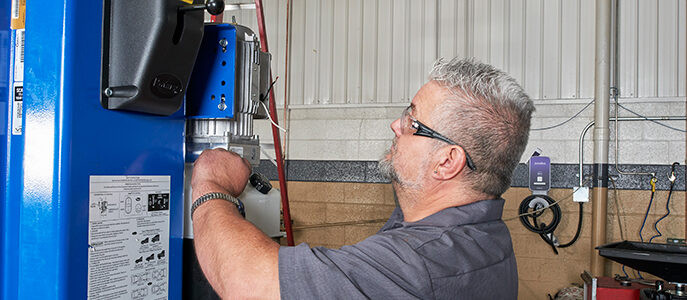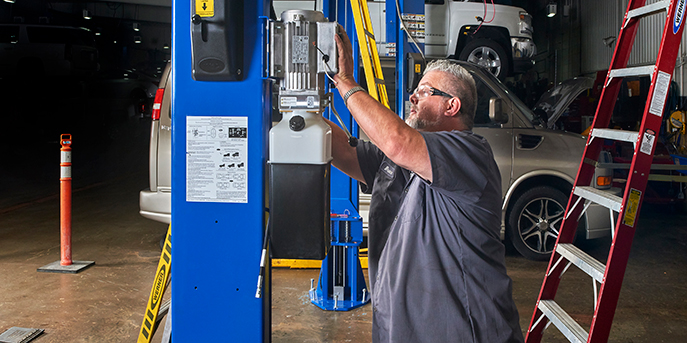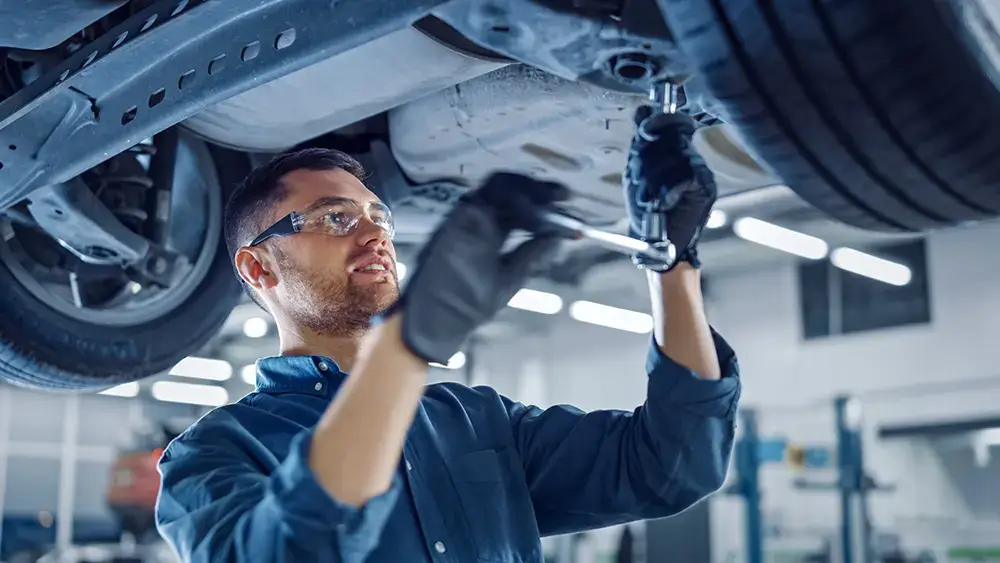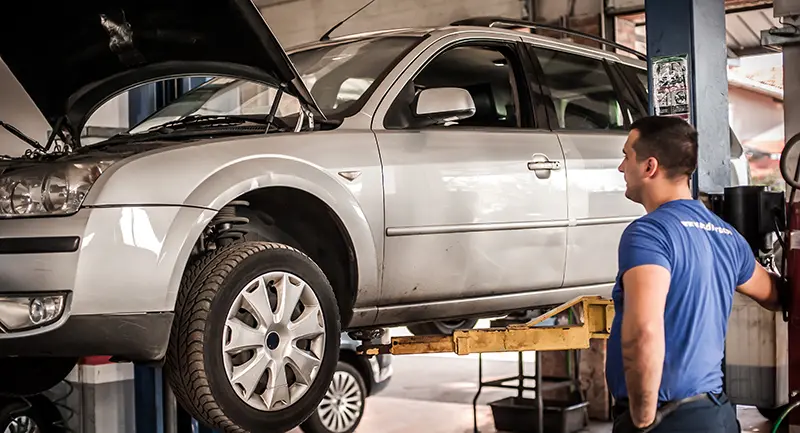
Ensuring Safety in Your Auto Repair Shop
While all professions and workplace environments come with their share of risks, auto shops and service centers are among the higher-risk workplaces due to the various equipment, tools, and chemicals that are frequently used. Some of the leading hazards for mechanics include physical injuries, burns, chemical exposure, and electrocution. If the right safety precautions aren’t adhered to, there’s the potential for some serious real-life consequences. In addition to bodily harm and injury, your shop may face liability issues, downtime, and ultimately, the loss of skilled workers.
In this post, we’ll discuss how you can reduce risk in your auto repair shop while staying compliant with OSHA regulations and other standards.
1. Foster a Culture of Safety
Safety starts at the top. Noting this, the first step in fostering a culture of safety is to ensure that leadership is fully committed and the biggest cheerleader for it. Safety is about walking the walk as much as it’s about talking the talk. Leadership and management must demonstrate the importance of safety and have the proper protocols in place, such as holding regular safety meetings, having a system for reporting hazards, near-misses, and incidents, and offering opportunities for employee feedback. When your workers see that safety is prioritized by leadership, they’re much more likely to take it seriously, too.
2. Always Inspect Equipment Before Use

Preventative maintenance can go a long way in helping ensure your auto repair shop is safe. For instance, one of the leading causes of accidents in auto shops is faulty equipment. To prevent accidents caused by faulty equipment, establish a robust inspection and maintenance schedule to ensure everything remains up to code and in good working order. Also, make sure you’re creating a system for documenting inspections and any equipment maintenance and repairs.
3. Provide Comprehensive Training
In order for employees to avoid injuries, they need to be fully aware of all the risks that are present in the workplace. That’s why training is so important. New employees should go through a comprehensive onboarding program that details:
- How to properly use equipment
- The PPE that should be worn
- Safe handling and disposal of chemicals
- Where safety devices, such as fire extinguishers, are located in the event of an emergency
- Other common dos and don’ts (e.g., importance of an organized workspace, what clothes to wear, no-smoking zones, etc.)
In addition to comprehensive onboarding for new employees, existing employees should occasionally attend refresher courses to stay updated on any changes or updates to best practices or regulations over time.
4. Enforce Personal Protective Equipment (PPE) Protocols

Mechanics should avoid wearing any loose-fitting clothing (consider instituting a uniform policy) and should always wear safety glasses, gloves, ear protection, and steel-toed boots/shoes every time they hit the shop floor.
Leadership should provide PPE for their workforce and routinely inspect it to ensure it remains in good condition, replacing items as necessary. It’s also important for leadership to strictly enforce PPE and consider disciplinary action for those who do not regularly wear it while working.
5. Keep an Organized, Hazard-Free Workspace
Keeping an organized workspace is just as good for safety as it is for productivity. Store tools on a mix of shelves, hooks, and cabinets, and label what goes where to ensure the space stays organized and uncluttered. Cluttered workspaces increase the risk of trips, falls, and other accidents. Also, make sure the floor space is clean, that tools and equipment are properly put away following use, and debris or spills are promptly cleaned up.
6. Create a Safety Plan
You need to have a safety plan in place, both for the good of your auto repair shop and to comply with OSHA regulations. A good safety plan includes the following elements:
- Fall protection protocol when using vehicle lifts
- Lockout/tagout policy for maintenance and repair work
- Machine guarding policy when working with grinders, drill presses, and other heavy equipment
- Requirements for PPE and respiratory devices
- Protocol for communicating hazards
Furthermore, a documented safety plan can serve as a teaching tool for workers and make it easier for leadership to enforce proper procedures and policies.
7. Get Professional Installations & Inspections

Lastly, have all vehicle lifts evaluated by ALI-certified inspectors after installation and at least once a year per OSHA regulations. Additionally, always have your lift installed by an authorized team to ensure it’s installed per the manufacturer’s requirements.
Allied, Inc. Is an Authorized Rotary Lift Installer & ALI-Gold Certified Inspector
Allied, Inc. is a leading distributor of automotive service equipment, including lifts, and is proud to be an authorized Rotary lift installer and ALI-certified inspector. We sell lifts to shops across the United States and provide installation and inspection services to shops in Michigan and northern Ohio. Contact us today to request a service, or visit our blog for more tips and resources.
